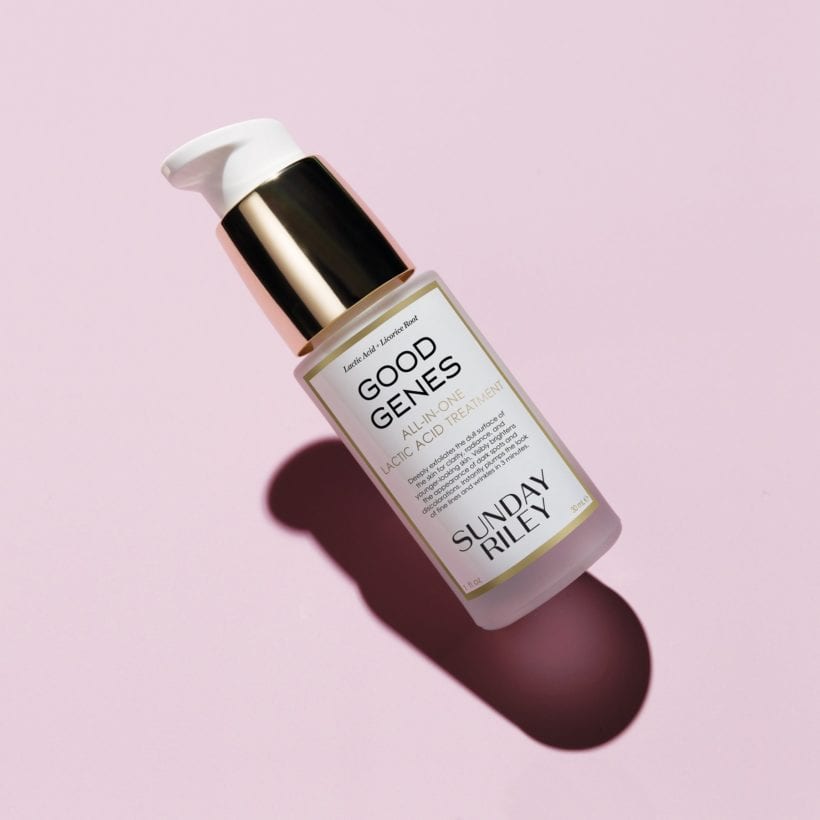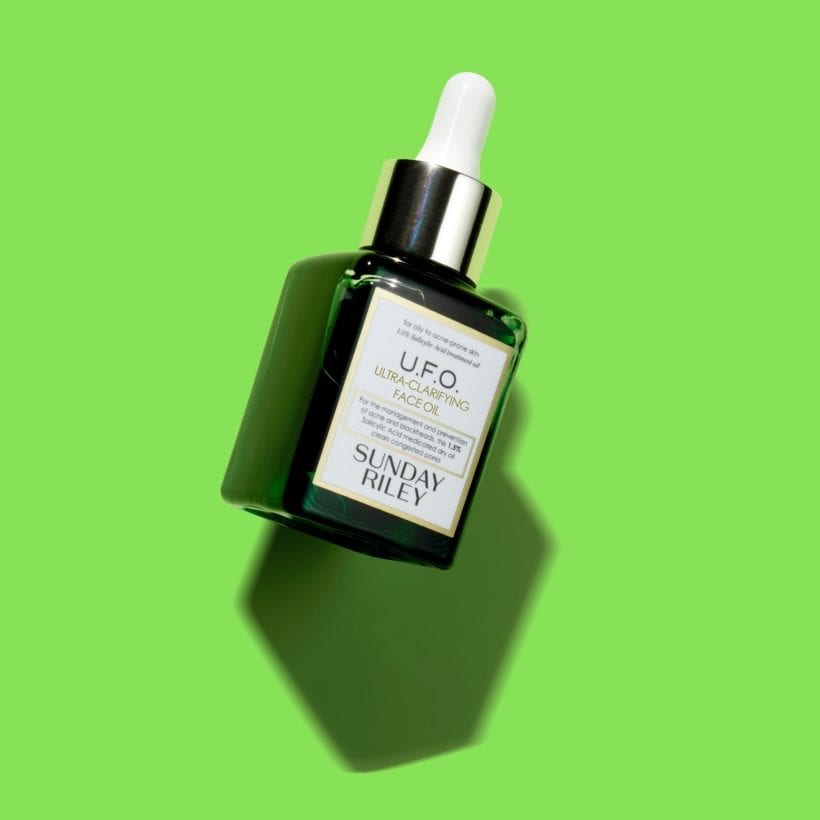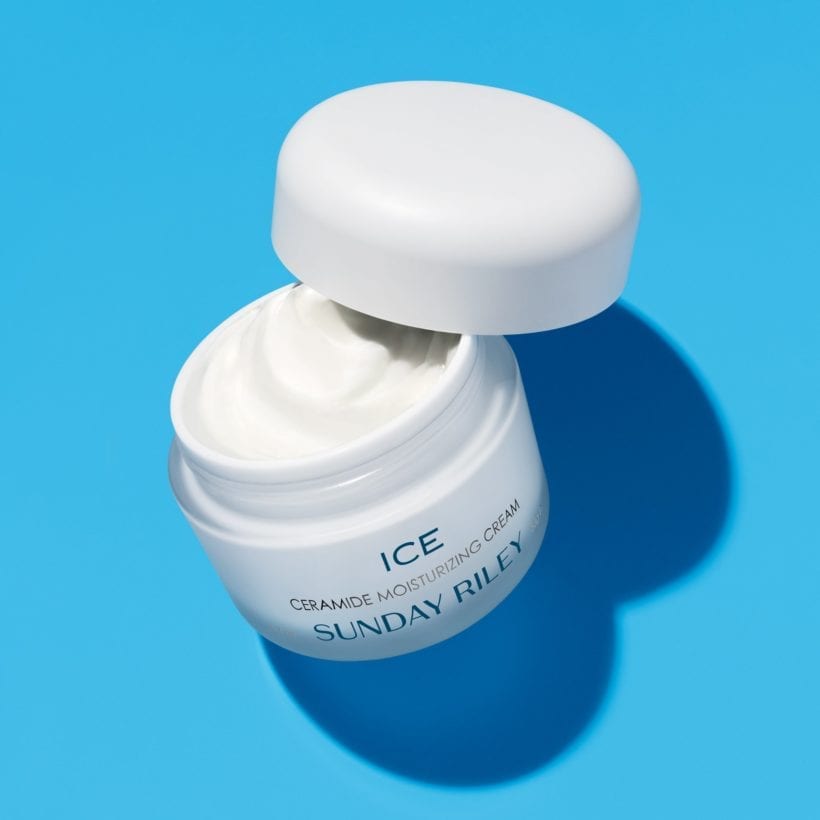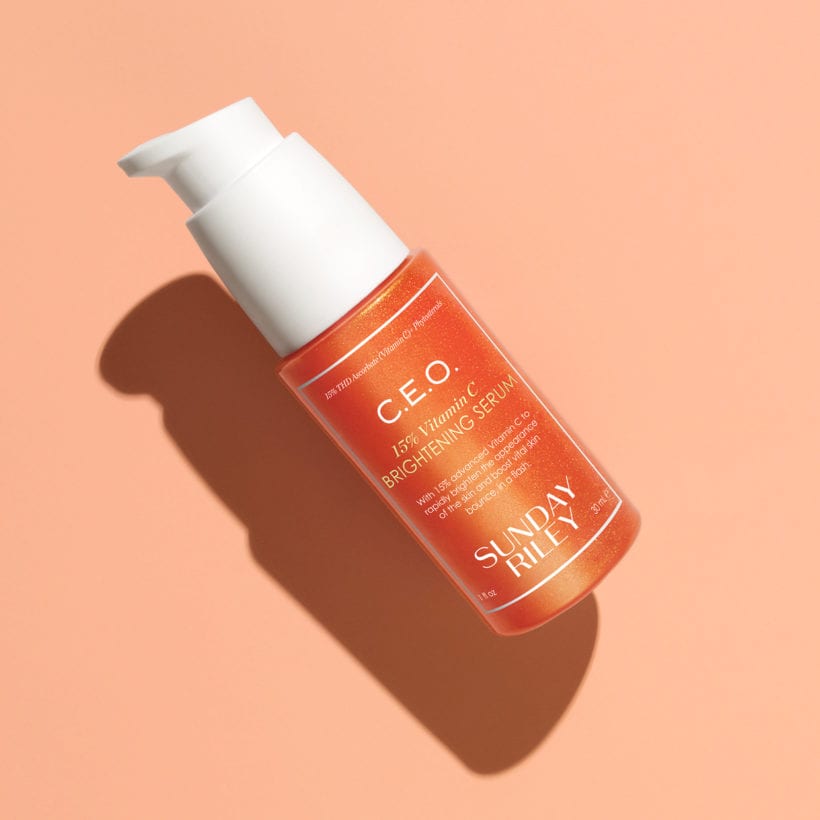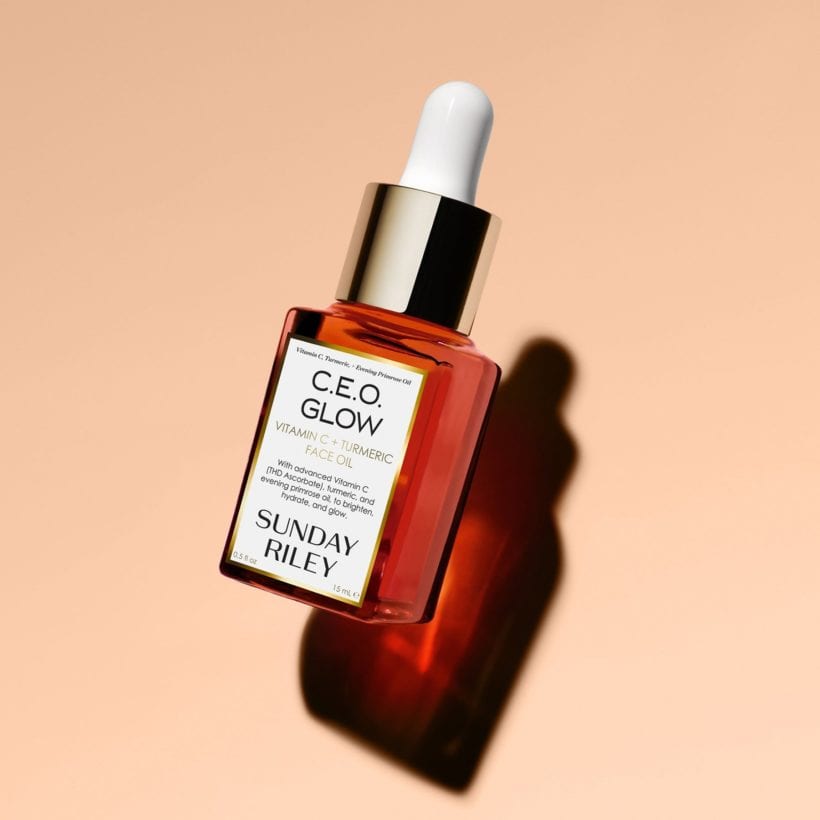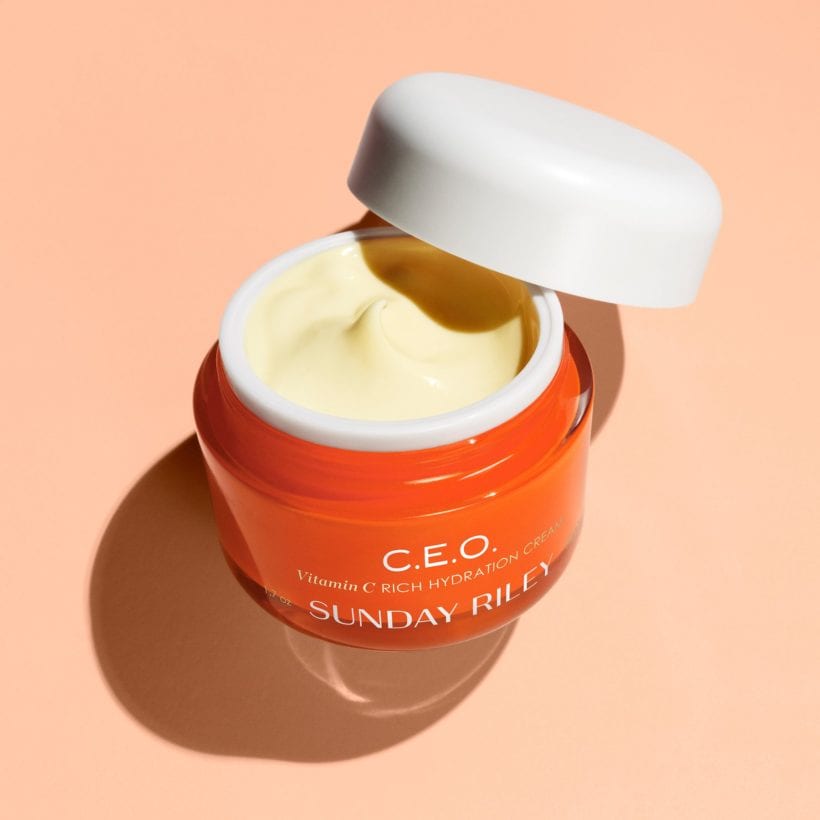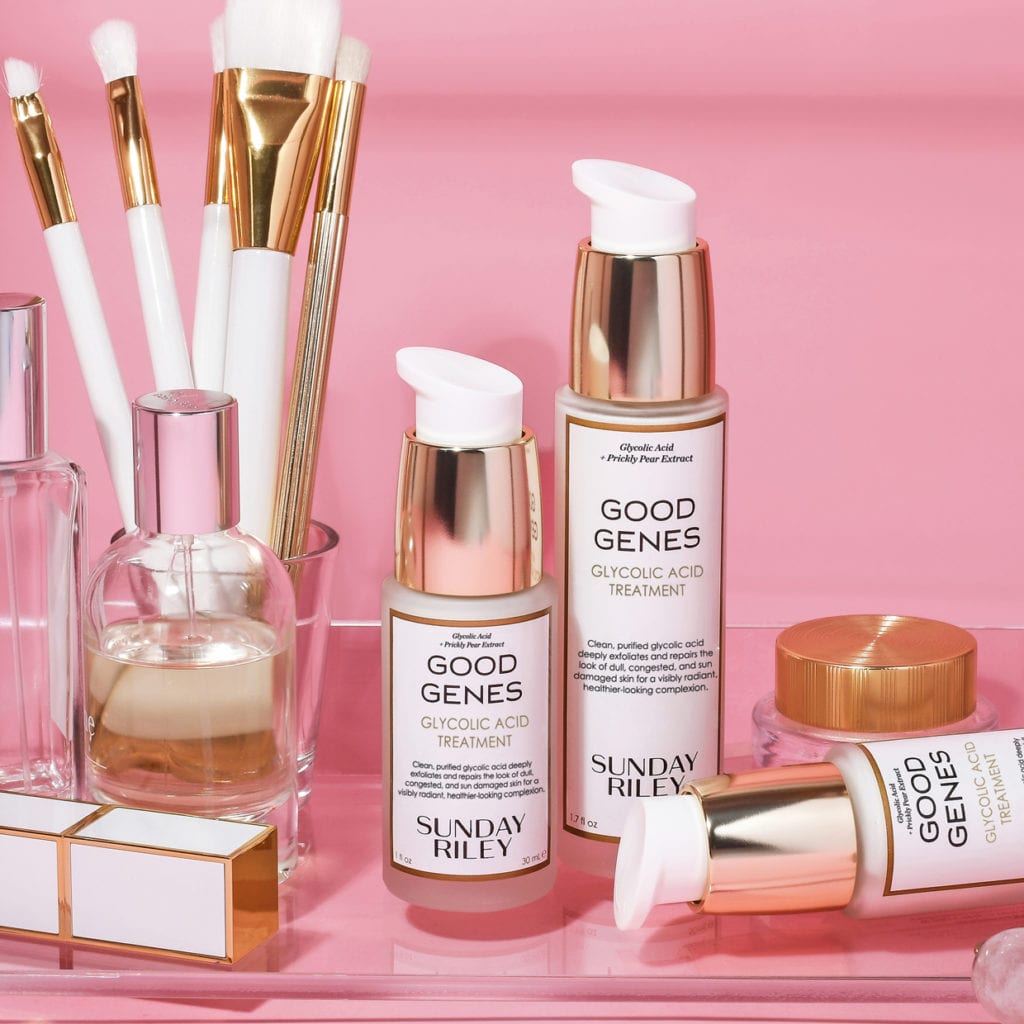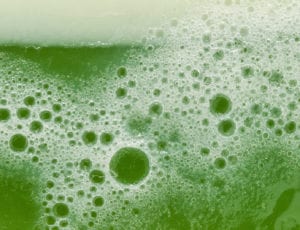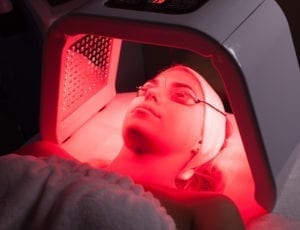Winter is here, which means your skin is probably feeling dry, dull, irritated, parched, acneic, or all of the above (that’s 2020 in a nutshell). As the cold weather sets in and makes itself comfortable, you can counter its harsh, drying effects by adding one game-changing thing to your routine: acids.

Acids are the go-to solution for seeing noticeable, quick results for nearly any skin concern, from congested pores to fine lines to uneven texture. And in the winter when the dry air sucks the moisture out of your skin, acids (which are on the lower end of the pH scale that runs from 0-14) can help balance out the pH levels in your skin that are out of sorts during this time of year.
Once you’re introduced to acids, we won’t be surprised if you include them as a permanent part of your routine long after the cold season. While they’re great at helping your skin find its happy place during the dry, wintery months, all acids work toward the same long-term goal: to increase cell turnover. The best part is that acids can be found in any type of over-the-counter skincare product (predominantly serums, cleansers, and moisturizers) at varying percentages, so you’ll have no shortage of options. Here, Dr. Alicia Zalka, a board-certified dermatologist, tells us her top five acids to use this winter.
Lactic Acid: The Sensitive Skin Exfoliator
This alpha hydroxy acid (AHA) is a natural chemical exfoliator that sloughs off dead skin to reveal healthy, glowy skin underneath. Lactic acid can be produced biologically and is also found in everyday food like milk. While it’s mostly known for its exfoliating properties, it also has the ability to bring moisture into your skin, making it an excellent humectant. While it stimulates cell turnover, it also increases fatty acids — called ceramides — that protect your skin’s barrier. An excellent option to treat hyperpigmentation, uneven texture, congested pores, and signs of aging, lactic acid tends to be much gentler than other acids so it’s great for people with sensitive skin (or new to acids).
Salicylic Acid: The Acne-Fighting Hero
This beta-hydroxy acid (BHA) targets excessive oil-production, which subsequently prevents breakouts, reduces oil and product buildup, and breaks down keratin buildup to help products penetrate better and regulate skin’s natural exfoliation processes. It’s oil-soluble, which makes it easier to get deep into pores and helps reduce inflammation. This exfoliant not only sloughs off the skin, but it softens it too when it’s feeling dry and uncomfortable. When it’s used in scalp treatments, it can help get rid of flaking and dandruff — a common winter haircare woe.
Hyaluronic Acid: The Hydrator
Hyaluronic acid (HA) deeply hydrates and stimulates collagen production. It’s naturally found in pretty much every cell of your body. Hyaluronic acid is a powerful humectant, which means it draws water from the air into the skin. It can hold 1,000 times its weight in water, making it one of the most effective ingredients for deep hydration. When your skin is moisturized, fine lines blur out and dull skin magically takes on a dewy glow. It’s a large molecule, so a serum or cream format helps make it penetrate into your skin more easily. Furthermore, if the air around you is dry (as it typically is during the winter, or if you live in desert climates), it can actually pull moisture from your skin instead of into it. In that case, it’s important to use an occlusive product on top of it to lock in hydration and prevent it from escaping.
Vitamin C: The Brightener
An antioxidant, vitamin C is essential to our diets as well as our skin. It has a brightening effect, offers UV protection, and encourages collagen production. One form of vitamin C is L-ascorbic acid, a water-soluble acid that’s super effective. However, since it’s not stable, it has a shorter shelf life and can oxidize quickly when it’s exposed to water or air lead (which could lead to skin issues). Tetrahexyldecyl ascorbate (THD ascorbate), which is found in Sunday Riley’s C.E.O. line, is also powerful, yet more stable than L-ascorbic acid. It’s less likely to cause irritation when used within the same routine as other acids. THD ascorbate can also penetrate the skin better because it’s fat-soluble (it dissolves in oil-based products).
Glycolic Acid: The All-Around Overachiever
Another well-known AHA, glycolic acid is derived from sugar cane and its small acid size can penetrate deeply into your skin to break down dead skin. Like lactic acid, its exfoliation properties are helpful for addressing concerns like hyperpigmentation/evening out tone, smoothing fine lines, and treating acne. Because of its ability to get deeper into the layers of your skin, glycolic acid is a go-to for mature skin types.
A few helpful tips for beginners:
- Patch test: Apply a thin layer of product to the same area (like your neck) for a few days to see how your skin reacts. Sometimes allergic reactions can be delayed so if you have a history of irritated skin with new products, don’t skip this step.
- Follow the directions: “If used incorrectly or in excess, acid-containing skin care products may cause irritation,” says Zalka. “Too much or too rapid cell turnover can leave you with peeling or redness. In fact, most products used in chemical peels are acid-based. The unique property of acidic compounds can be harnessed for great skin effects, but must be used wisely.”
- Ease into it: Especially if you’re new to acids or trying a new active ingredient for the first time, start slowly and increase frequency as your skin tolerates it. “When I introduce acid-based skincare products into a patient’s skin care regimen, I first consider their skin type,” says Zalka. “Those with acne and oily skin may be able to incorporate salicylic or glycolic acid products daily. For sensitive or dry skin types, I generally advise starting acid-based products twice weekly and increase usage as tolerated up to once daily,” she adds. If your skin can tolerate it (it doesn’t become red, tight, or flaky), it’s generally considered safe to use acids daily.
- Follow up with a moisturizer: Zalka also recommends following up acid-use with a quality moisturizer to replenish the new skin cells that the acids bring to the surface. For instance, you can start off by “cleansing skin with a salicylic acid-based cleanser for acne, then following up with a water-based moisturizer or primer,” she says.
- Remember to use SPF: Chemical exfoliants may make the skin more sensitive to the sun (certain acids also become less effective when exposed to sunlight), so use sunscreen to decrease your chance of sun-related sun damage.

